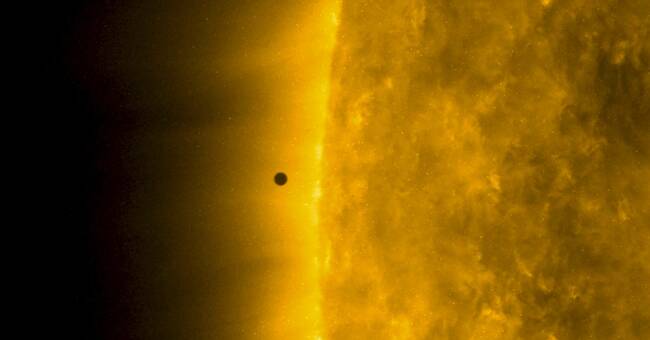About 30 light-years away, GJ 367 b whizzes super fast around its star.
In less than eight hours, it has made a revolution around the red dwarf, which according to the researchers makes it the fastest planet on which it has been possible to make an accurate measurement, reports Australian ABC.
- It's like an iron ball planet traveling around out there, says researcher Kristine Lam at the German space authority DLR to ABC.
Difficult to detect
That the orbit is so fast has made the planet difficult to discover.
The Tess satellite saw the first signs in 2019, when it was discovered that the light around the star was flickering.
Rigorous tests were required to confirm that it was indeed a planet passing the star that caused the flicker of light.
The scientists used the planetary hunter tool Harps, which is attached to a telescope in Chile, to find out the mass of the planet by measuring how the star wobbled back and forth.
May be the first of many
"This discovery paves the way for future exoplanet scientists to discover smaller and smaller planets, hopefully as something in our solar system, or something completely different," Lam told ABC.
GJ 367 b does not seem to be a particularly pleasant planet to visit.
Because it is so close to its star, the side facing the star is about 1,500 degrees hot, and all the atmosphere should have disappeared.
It is as large as Mars, but otherwise more reminiscent of Mercury.
The study is published in the scientific journal Science.

